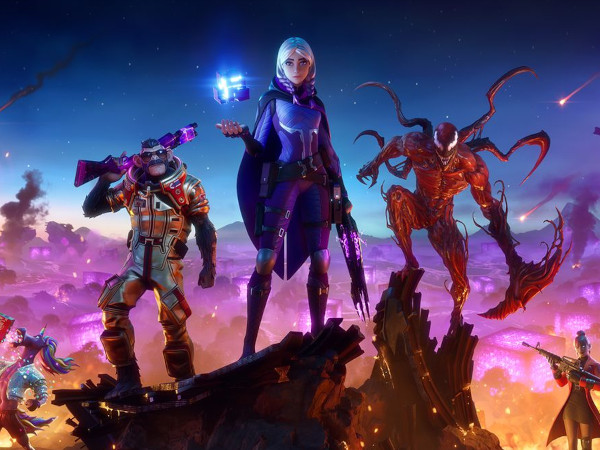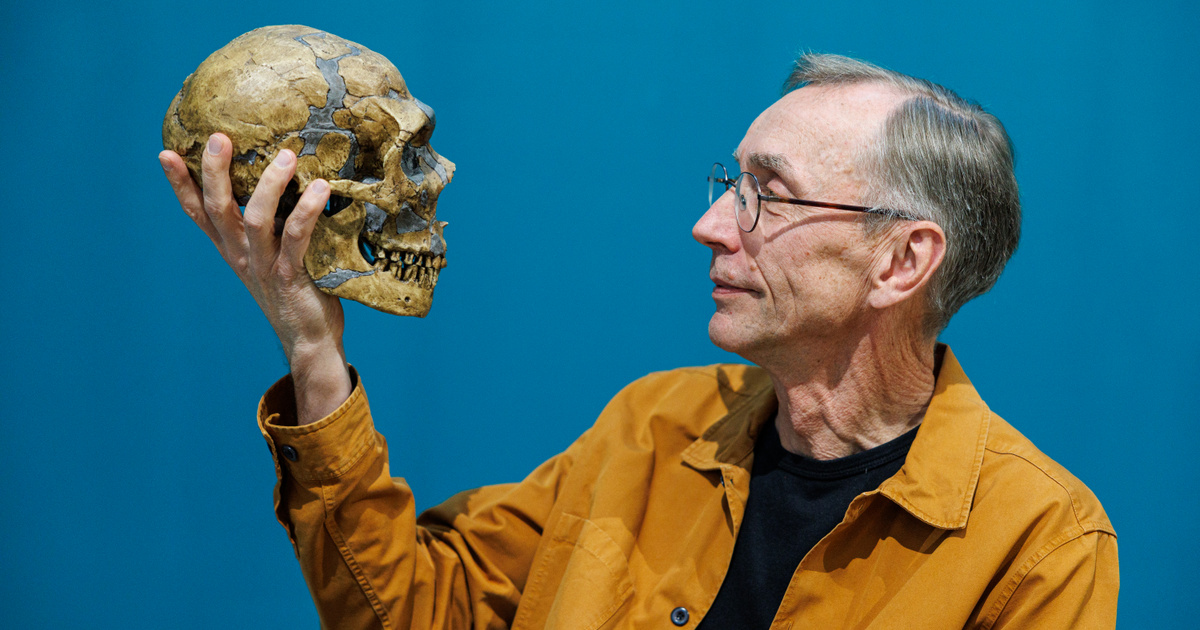This year brought great discoveries in the field of human evolution. The first sensation occurred in January and related to eating meat. Until now, scientists assumed that because meat is more nutritious than vegetables, eating more meat leads to bigger brains, such as erect manVerse. In January, W. Andrew Barr and colleagues at George Washington University examined fossils dating back 1.2 million years and older, concluding that there was no evidence of a previously assumed increased meat intake. In other words, there probably isn’t a connection between eating more meat and developing a bigger brain.
First beer, first dog
At the end of last year, the giant beer was discovered, already dated for 2022. A team led by Jiajing Wang of Dartmouth University discovered the world’s oldest known brewery in Egypt, estimated to be 5,800 years old. this is old beer It was like porridge, not as liquid as it is today. It was probably used for daily consumption and ritual purposes.
Regarding dog domestication, Anders Bergström and Pontus Skoglund, colleagues at the Francis Crick Institute, examined the genomes of ancient wolves and found that ancient wolf populations in North America, Europe and Siberia were more closely related in the past than were wolves. Today. All of the dogs included in the study are mostly related to wolves that once lived in eastern Eurasia, but none of the ancient wolf populations were the ancestors of modern dogs, meaning that the true dog ancestor (or ancestors) has not yet been found.
Why do we live so long?
In July, another new study was conducted by Pascal Gagnoux and Ajit Varkey of the University of California, San Diego They droveTry to decipher how humans came to live so long. The specific CD33 gene produces immune receptors and can prevent some of the side effects of aging, protecting the brain from inflammation and dementia. This gene was not present in Neanderthals or Gynecologists, which means we did not inherit it. According to one hypothesis, these receptors were produced by the body against gonorrhea, but they have also been shown to be effective against dementia and extending life span.
Exodus of ancient women
In October, Laurits Skoff and Benjamin Peter of the Max Planck Institute for Evolutionary Anthropology and their team sequenced the DNA of 13 Neanderthals among two caves in southern Siberia. The results show that a third of Neanderthals are part of the same close-knit community that lived some 54,000 years ago. Analysis of the Y chromosome (which is transmitted through men) and the mitochondria (which is transmitted through women) reveals that the individuals have less Y-diverse DNA, indicating that Neanderthal women moved on to other groups and diverse mitochondria.
The new findings may also explain prehistoric social organization and interbreeding of species.
In 2022, a team led by Simone Pica, a professor at the University of Osnabrück, observes chimpanzees from the Recambo community in Gabon using insects. is being treated themselves. They treat their own open wounds with insects, and even the injuries of other community members. This caring attitude appears to go back further into the history of human evolution than was previously assumed.
The first fried fish
In November, the remains of a carp-like fish were found at the Bnot Ya’akov archaeological site in Israel. comprehensiveAnalytics After it turns out that they fry the fish for the first time much earlier than previously assumed. Approximately 780,000 years ago, it would have been placed over or next to a fire and thus roasted.
The most important result of evolutionary research this year was achieved by the new Nobel laureate Svante Pääbo, who, together with his team, deciphered the Neanderthal genome and was also at the forefront of new discoveries in anthropology – in identifying the Genisov man, in the discovery. of the genetic links between Neanderthals and our species, as well as in identifying the first early human-Neanderthal-Genesova hybrid.
(Cover photo: Svante Pääbo, Swedish Nobel Prize-winning geneticist, co-founder of Paleogenetics on Oct. 3, 2022. Photo: Jens Schlueter/Getty Images)











































